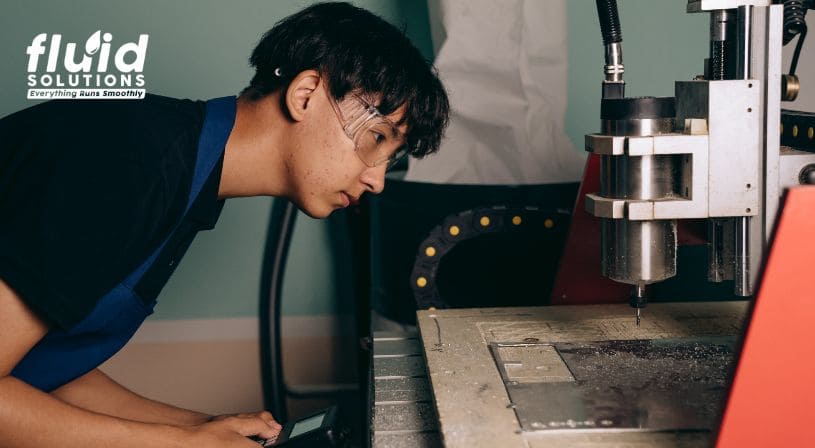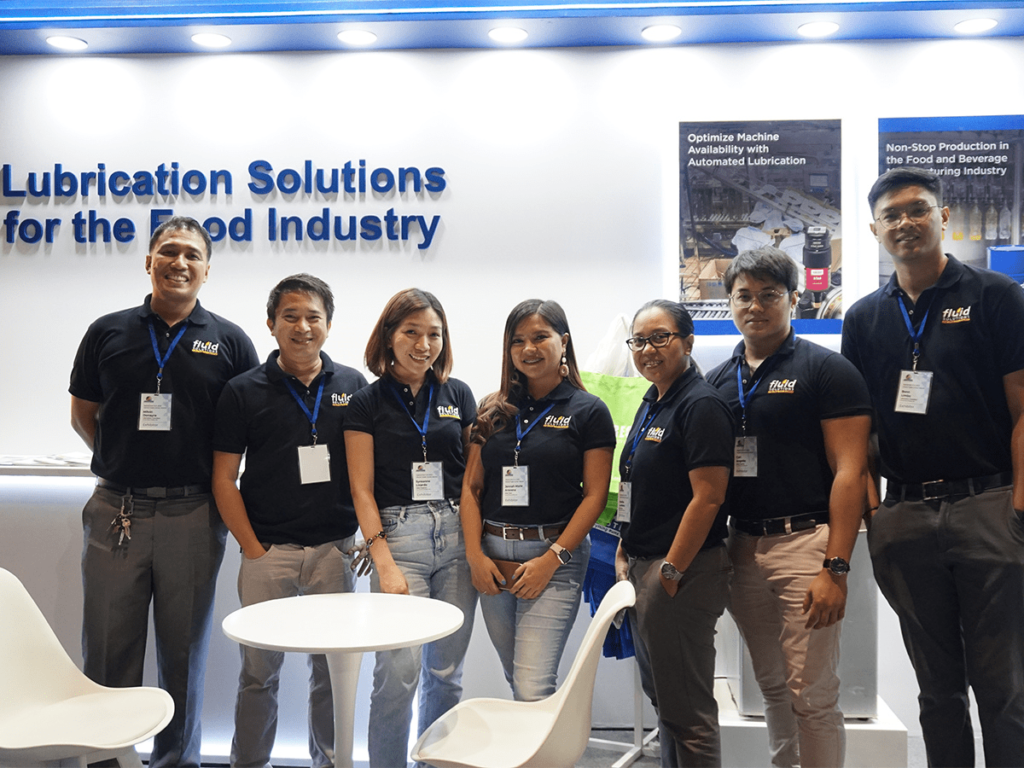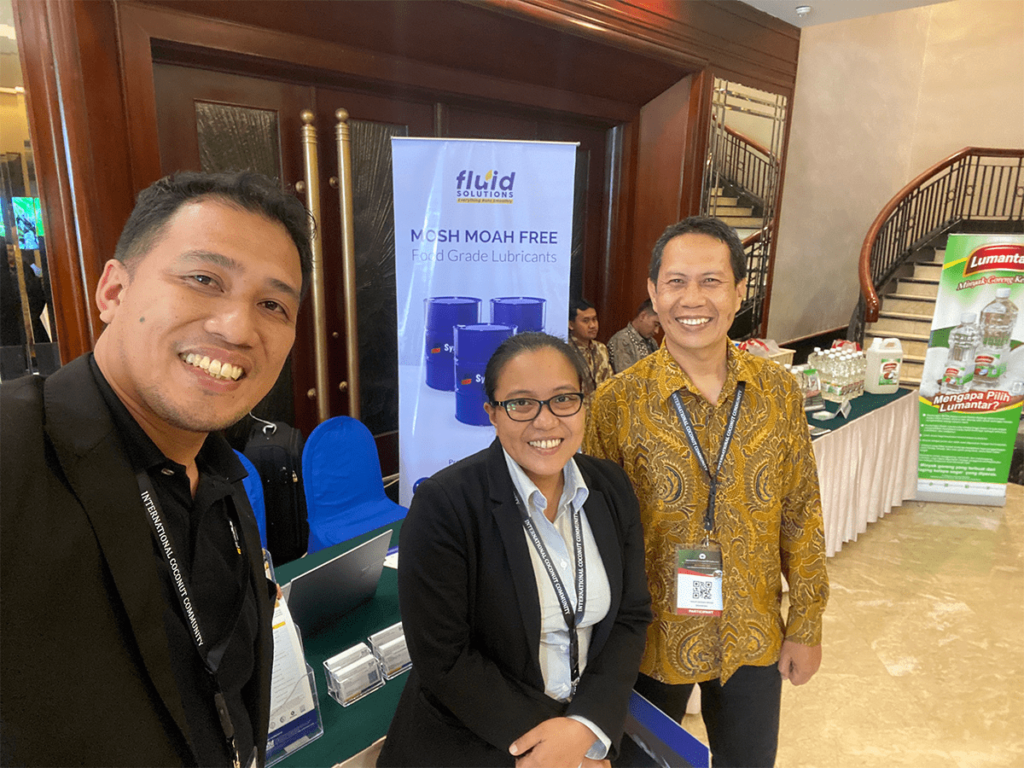
Although often perceived as minor, the stick-slip phenomenon can significantly impair the performance and reliability of mechanical systems. This may lead to costly downtime, mechanical stress, and safety risks.
Stick-slip phenomenon is a common source of friction-related issues in industrial systems, manifesting as unexpected vibrations, reduced process accuracy, accelerated component wear, and increased energy consumption. While mechanical design influences its occurrence, fluid performance remains a critical and frequently underestimated factor in mitigating stick-slip effects.
This blog breaks down the consequences of stick slip and explains how selecting the right industrial lubricant can help prevent stick slip vibration, protect sensitive components, and improve long-term equipment reliability.
What is the stick-slip phenomenon?
Stick-slip phenomenon is a mechanical motion irregularity where movement becomes interrupted by intermittent sticking and sudden release. Instead of flowing evenly, motion halts briefly and then jolts forward, often producing vibrations, noise, or positioning errors. This behavior typically emerges under low-speed or high-load conditions, especially when poor friction management allows it to develop.
Where It Commonly Occurs
This behavior often emerges in machinery where precise linear or rotational motion is required. Common examples include:
- Hydraulic cylinders
- Directional drilling equipment
- Pneumatic actuators
- Automated assembly systems
These systems are vulnerable when exposed to changing loads, temperatures, or unsuitable industrial lubricants.
5 Critical Consequences of Stick-Slip Phenomenon
- Accelerated Component Fatigue
Stick-slip causes repeated, uneven stresses that create microcracks and speed up material fatigue, leading to early component failure.
- Reduced System Efficiency
Constantly overcoming static friction requires more energy than smooth motion. This may lead to excess power consumption and reduced output per cycle. It is a silent but costly performance drain.
- Noise and Vibration Issues
Irregular motion produces stick slip vibration, which can trigger noise, resonance, or mechanical chatter. This not only generates noise but can also interfere with adjacent equipment and compromise precision.
- Loss of Process Precision
Stick-slip affects systems requiring precise, repeatable motion, making consistent control difficult to achieve. Tasks relying on steady positioning such as packaging, material feeding, or cutting can experience significant quality issues if components do not perform consistently under load.
- Higher Maintenance and Replacement Costs
Frequent downtime and premature component failure drive up the hidden costs of stick-slip. In industries where uptime and throughput are critical, these disruptions can lead to missed deadlines and increased maintenance expenses.
The Role of Lubricants in Managing Stick Slip
While mechanical design and system calibration are important, lubricant performance plays a significant role in minimizing stick-slip behavior. A properly-formulated lubricant helps maintain consistent friction levels and supports a stable fluid film under varying loads and temperatures, reducing the risk of metal-to-metal contact.
Lubricants with the appropriate viscosity, anti-wear additives, and thermal stability can dampen the jerky transitions that cause vibration and control issues.
Best Practices for Preventing Stick Slip
To control and prevent stick slips, users should implement the following practices:
- Select lubricants formulated specifically for the application and operating environment
- Adjust fluid pressure and viscosity based on system load and temperature
- Use real-time monitoring tools to detect early signs of erratic movement
- Calibrate actuators and motion systems to correct misalignment or control lag
- Maintain surface finishes and cleanliness to reduce adhesion between parts.
Take Control of Stick Slip, Partner with Fluid Solutions Today
Do not let friction problems disrupt your operations. Fluid Solutions offer expert support and high-performance industrial lubricants engineered to prevent stick slip vibration and maintain reliable, precise motion in the most demanding applications.
- Discover our range of lubricants and hydraulic fluids designed for long-term performance
- Improve operational precision and extend equipment life with application-specific solutions
Contact Fluid Solutions now to get expert recommendations, product support, or a health check system.
Social Media Links:
Facebook: https://www.facebook.com/fluidsolutionsinc
LinkedIn: https://www.linkedin.com/company/fluid-solutions-inc


